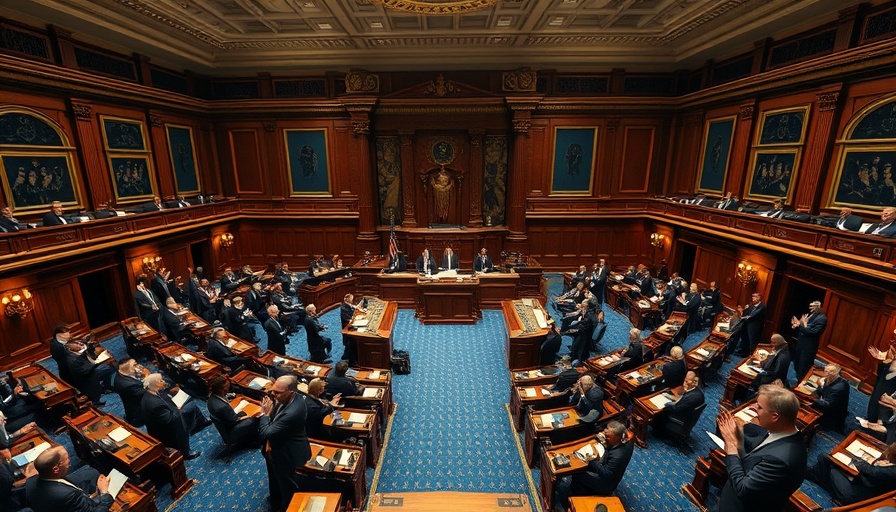
Trump's Tax Bill: A Turning Point for His Administration
The House of Representatives has officially passed President Trump’s ambitious tax bill, marking a pivotal moment in his second term. This legislation, which embodies multiple Republican priorities, aims to deliver substantial tax cuts and introduce significant spending adjustments, all designed to bolster Trump's economic agenda before the nation celebrates its 250th anniversary.
Vocal Support and Resistance
The final vote, a narrow 218-214 outcome, highlights the deep divisions in Congress. While most Republicans staunchly supported the bill, a few defected, siding with the unified opposition from Democrats who criticized the legislation as it threatens essential social services. Trump celebrated this momentous achievement at an event in Iowa, reflecting on the bill’s implications for his presidency and expressing gratitude towards supportive lawmakers.
Economic Implications of the Tax Package
At the heart of this legislative package lies $4.5 trillion in tax benefits from Trump's first term, including prominent measures to support low- to moderate-income workers. However, critics argue that the bill's cuts, particularly to Medicaid and food assistance programs, may increase the financial burden on the most vulnerable Americans. With an expected $3.3 trillion increase in the national deficit, the Congressional Budget Office warns of serious long-term economic repercussions, including millions potentially losing health coverage.
What's Next for Trump’s Tax Bill?
As Trump prepares to sign the bill, the coming weeks will focus on its implementation and the political ramifications it may trigger. It’s a decisive chapter not only for Trump’s return but also for the future trajectory of U.S. fiscal policy. For Massachusetts residents, this bill's development is particularly significant, as local leaders watch closely to assess its impact on state programs and resources.
 Add Row
Add Row  Add
Add 




Write A Comment